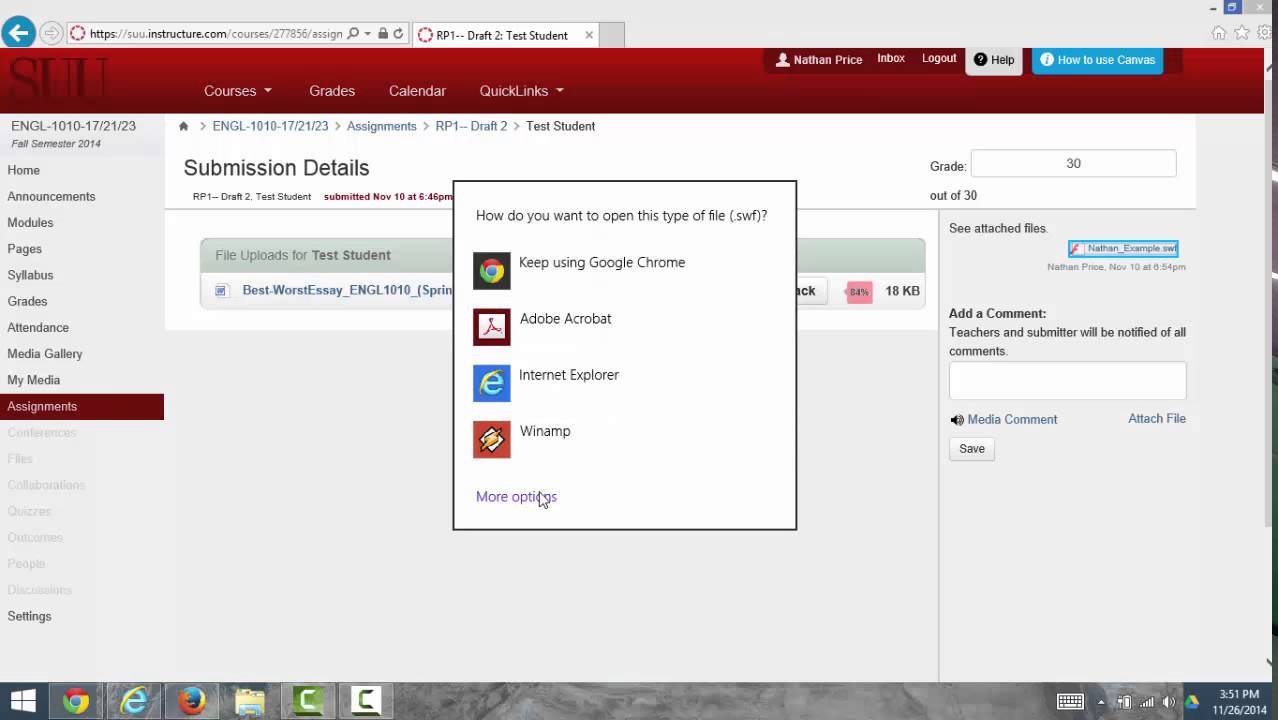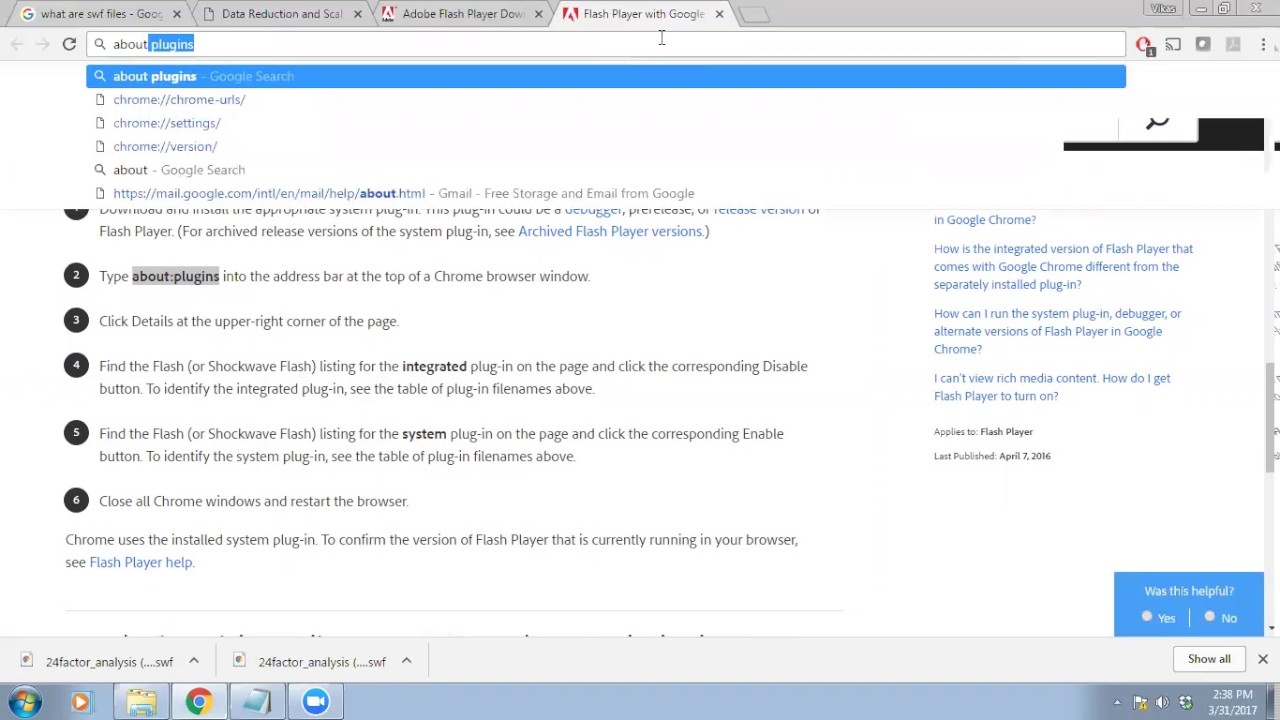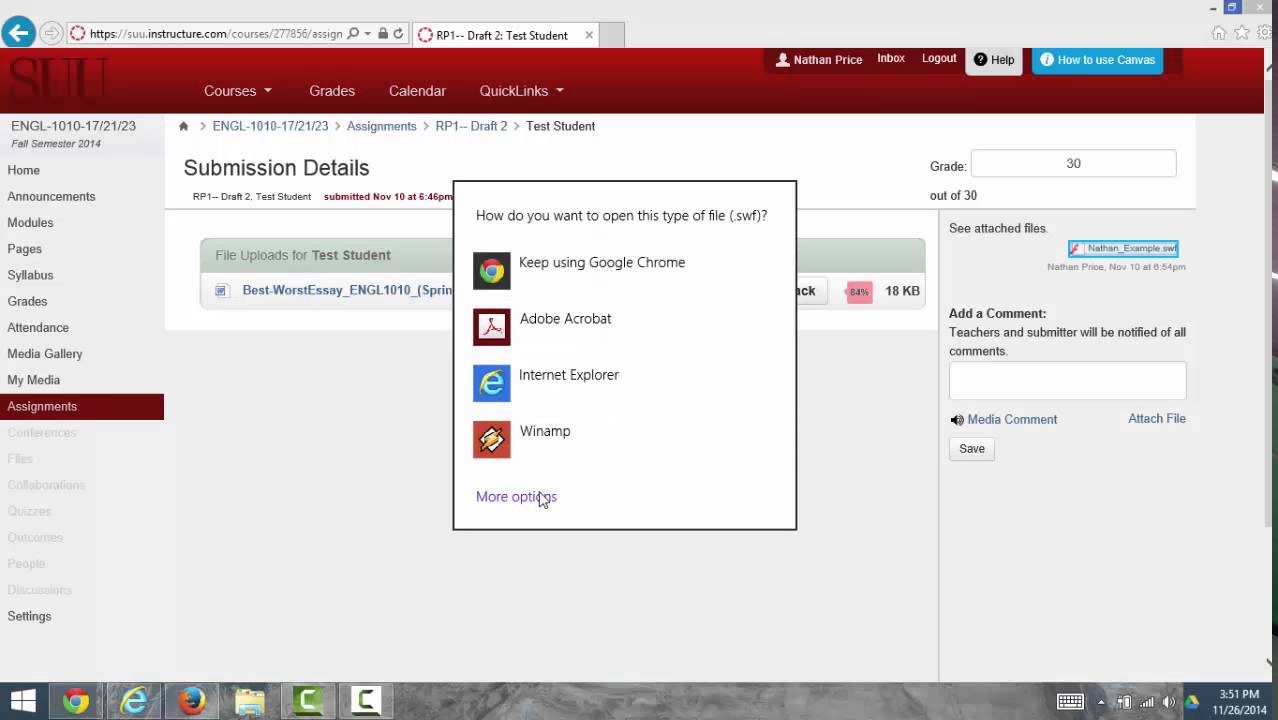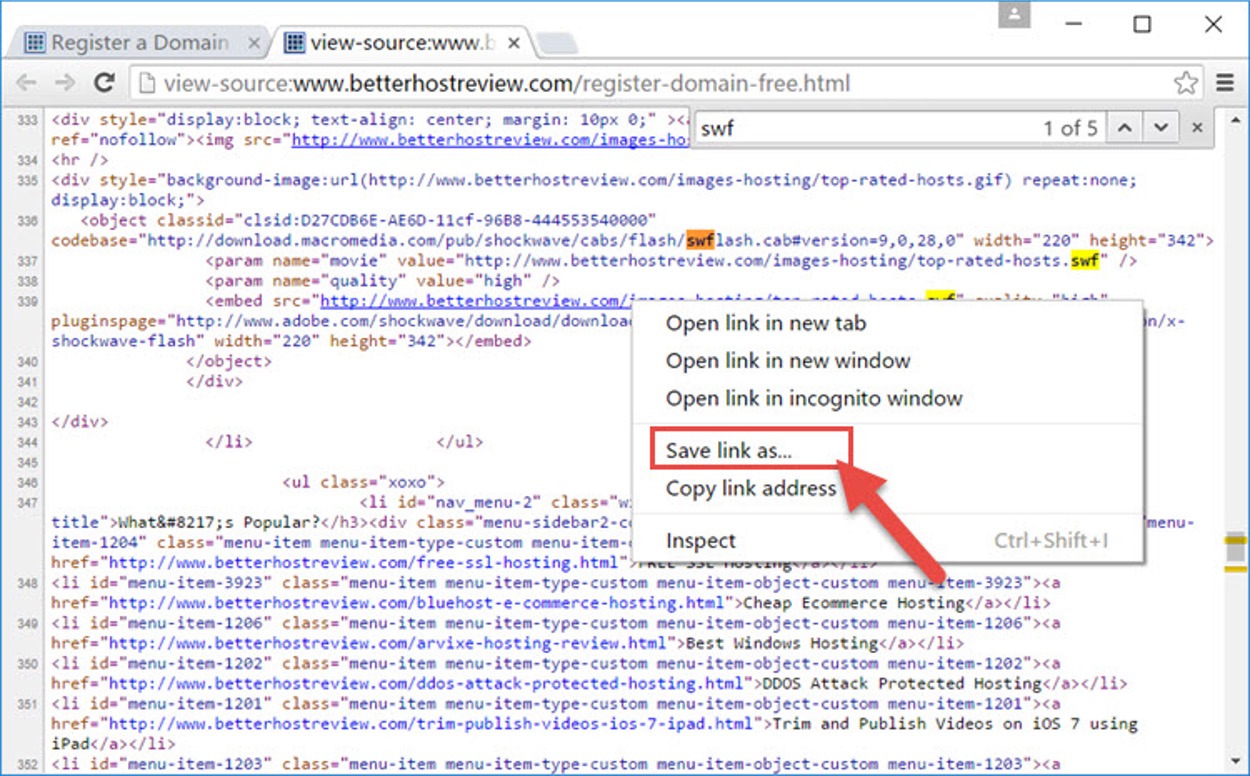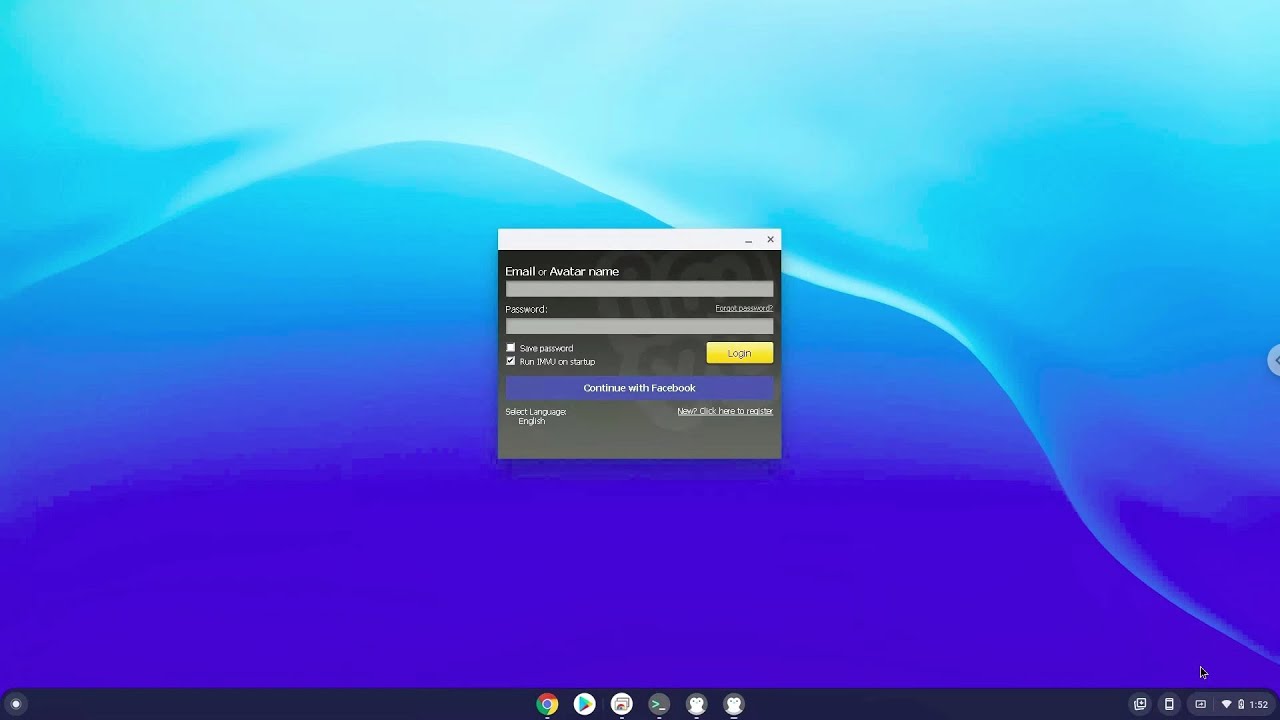Introduction
In the realm of digital content, SWF (Small Web Format) files have long been a staple for delivering interactive multimedia experiences on the web. These files, often associated with animations, games, and interactive elements, were widely used in the early days of the internet. However, with the evolution of web technologies and security concerns, the support for SWF files has dwindled, leaving many users unable to access or view these files seamlessly.
As the digital landscape continues to evolve, web browsers have adapted to prioritize security and performance, leading to the phasing out of support for certain file types, including SWF. This shift has left users who rely on SWF content facing a dilemma when attempting to access these files, particularly in popular browsers like Google Chrome.
The inability to view SWF files in Chrome has prompted users to seek alternative methods to access and interact with this content. Fortunately, there are solutions available that enable users to overcome this limitation and regain the ability to view SWF files within the Chrome browser.
In this article, we will explore the reasons behind the inability to view SWF files in Chrome and provide practical solutions for users seeking to access and interact with SWF content. Whether you're a fan of classic Flash games or have a collection of SWF files that you need to access, we've got you covered with effective methods to view SWF files in Chrome. Let's dive into the world of SWF files and discover how to bring them back to life in the Chrome browser.
What is an SWF file?
An SWF (Small Web Format) file is a multimedia file format originally developed by Macromedia, which was later acquired by Adobe. SWF files are primarily used for delivering interactive content and animations on the web. They gained widespread popularity during the early days of the internet due to their ability to incorporate vector graphics, audio, and interactive elements into a single file.
SWF files are commonly associated with animated advertisements, browser-based games, interactive presentations, and other forms of multimedia content. They are designed to be lightweight and easily distributable, making them ideal for web-based delivery. The format's versatility allowed developers to create engaging and interactive experiences that could be seamlessly integrated into web pages.
One of the defining features of SWF files is their ability to support scripting and interactivity through ActionScript, a programming language similar to JavaScript. This capability enabled developers to create dynamic and interactive content, leading to the widespread use of SWF files for web-based applications and games.
While SWF files were once a dominant force in web content creation, their usage has declined in recent years due to the emergence of more modern web technologies and the shift away from Adobe Flash, which was the primary platform for displaying SWF content. Additionally, security concerns and the evolution of web standards have led to decreased support for SWF files in web browsers, including Google Chrome.
Despite their declining usage, SWF files remain a part of internet history and continue to hold nostalgic value for many users. As such, the ability to view and interact with SWF content remains relevant to those who wish to preserve and experience the multimedia creations of the past.
In the next sections, we will delve into the challenges associated with viewing SWF files in Chrome and explore effective methods for overcoming these obstacles to bring SWF content back to life in the modern web browsing environment.
Why can't SWF files be viewed in Chrome?
The inability to view SWF files in Chrome stems from a series of deliberate actions taken by major web browsers, including Google Chrome, to phase out support for Adobe Flash and related technologies. This shift was primarily driven by security concerns, performance considerations, and the evolution of web standards.
One of the pivotal moments in the diminishing support for SWF files was the announcement by Adobe in 2017 that it would end support for Flash Player by the end of 2020. This decision was influenced by the changing landscape of web technologies, with HTML5, CSS3, and JavaScript emerging as the preferred standards for creating interactive and multimedia content. As a result, major web browsers, including Chrome, began to reduce their reliance on Flash and subsequently limited support for SWF files.
Furthermore, security vulnerabilities associated with Adobe Flash and SWF content played a significant role in the decision to discontinue support. Over the years, Flash and SWF files became notorious for being susceptible to security exploits and vulnerabilities, making them a potential vector for malware and cyber attacks. In response to these concerns, web browsers implemented measures to restrict the execution of Flash and SWF content, ultimately leading to the inability to view SWF files directly within Chrome.
The evolution of web standards and the prioritization of performance and security have further contributed to the incompatibility of SWF files with modern web browsers. As web technologies continue to advance, the focus has shifted towards open standards and native browser capabilities, reducing the reliance on third-party plugins and proprietary formats such as SWF.
In essence, the inability to view SWF files in Chrome is a result of the broader industry-wide transition away from legacy technologies like Adobe Flash and the associated file formats. While this transition has posed challenges for users who still rely on SWF content, it has paved the way for a more secure, efficient, and standardized web browsing experience.
In the following sections, we will explore practical solutions for viewing SWF files in Chrome, enabling users to access and interact with this legacy content within the constraints of modern web browsing environments.
How to view SWF files in Chrome
The evolution of web technologies and the phasing out of support for Adobe Flash and SWF files have presented challenges for users seeking to view SWF content in the Chrome browser. However, despite the inherent limitations, there are practical methods available to enable the viewing of SWF files within Chrome, allowing users to access and interact with this legacy multimedia content.
Using a SWF player extension
One of the most straightforward approaches to viewing SWF files in Chrome is to leverage a dedicated SWF player extension. These extensions are designed to provide the necessary functionality to play SWF content directly within the browser, effectively bypassing the default restrictions imposed on SWF files. By installing a reputable SWF player extension from the Chrome Web Store, users can regain the ability to open and interact with SWF files seamlessly.
Converting SWF files to other formats
Another viable solution for accessing SWF content in Chrome involves converting SWF files to alternative formats that are compatible with modern web standards. By utilizing specialized conversion tools or software, users can transform SWF files into formats such as HTML5, which is widely supported by contemporary web browsers, including Chrome. This approach allows users to preserve the essence of the original SWF content while ensuring compatibility with the evolving web ecosystem.
In summary, while the native support for SWF files in Chrome has diminished, users can overcome this limitation by leveraging dedicated SWF player extensions or converting SWF files to alternative formats. These practical solutions empower users to continue experiencing and interacting with SWF content within the Chrome browser, bridging the gap between legacy multimedia and the modern web environment.
The methods outlined above offer viable pathways for users to navigate the challenges associated with viewing SWF files in Chrome, ensuring that the rich history of SWF content remains accessible and relevant in the context of contemporary web browsing. By embracing these solutions, users can reclaim the ability to enjoy and interact with SWF files, preserving the legacy of multimedia content that has played a significant role in shaping the digital landscape.
Using a SWF player extension
Utilizing a dedicated SWF player extension is a practical and effective method for enabling the seamless viewing of SWF files within the Chrome browser. These extensions serve as specialized tools designed to bypass the default restrictions imposed on SWF files, allowing users to access and interact with this legacy multimedia content without the limitations imposed by modern web standards.
By installing a reputable SWF player extension from the Chrome Web Store, users can unlock the capability to play SWF content directly within the browser. These extensions are engineered to provide the necessary functionality to interpret and execute SWF files, effectively restoring the ability to experience the interactive and multimedia-rich nature of SWF content.
The process of using a SWF player extension is straightforward and user-friendly. Once the extension is installed, users can simply open an SWF file within the Chrome browser, and the extension will seamlessly handle the playback and interaction with the content. This streamlined approach eliminates the need for complex configurations or external software, ensuring a hassle-free experience for users seeking to access SWF files.
Furthermore, reputable SWF player extensions often come with additional features that enhance the overall viewing experience. These may include customizable playback controls, support for interactive elements within SWF files, and optimization for smooth performance. By leveraging these features, users can fully immerse themselves in the world of SWF content, reliving the nostalgia of classic Flash animations and games within the familiar environment of the Chrome browser.
It's important to note that when choosing a SWF player extension, users should prioritize extensions from trusted sources with positive reviews and a history of reliability. This ensures that the extension is not only effective in enabling SWF playback but also safe and free from potential security risks.
In essence, using a SWF player extension offers a practical and accessible solution for users seeking to view SWF files in Chrome. By harnessing the capabilities of these extensions, users can transcend the limitations imposed by the evolving web ecosystem and rediscover the captivating world of SWF content, all within the familiar confines of the Chrome browser.
Converting SWF files to other formats
Converting SWF files to alternative formats presents a versatile and effective approach for enabling the accessibility and seamless integration of SWF content within the modern web environment. As the native support for SWF files diminishes in web browsers, including Chrome, the conversion of SWF files to alternative formats ensures compatibility with contemporary web standards while preserving the essence of the original multimedia content.
One of the primary benefits of converting SWF files to other formats is the ability to ensure widespread compatibility across various web browsers and devices. By transforming SWF files into formats such as HTML5, which is widely supported and embraced as a standard for web content, users can transcend the limitations associated with the declining support for SWF files. This approach not only facilitates the seamless viewing of SWF content in Chrome but also extends the reach of the content to a broader audience across different platforms and devices.
Furthermore, the process of converting SWF files to alternative formats can be facilitated through specialized conversion tools or software, offering users a streamlined and accessible pathway to adapt SWF content to the evolving web ecosystem. These tools often provide intuitive interfaces and robust conversion capabilities, allowing users to retain the interactive and multimedia-rich elements of SWF files while ensuring compatibility with modern web technologies.
Additionally, the conversion of SWF files to alternative formats aligns with the broader industry trends and standards, promoting the adoption of open and universally supported web technologies. By embracing formats that are inherently compatible with modern web browsers, users can future-proof their SWF content, ensuring its longevity and relevance in the ever-changing landscape of web technology.
In summary, the conversion of SWF files to alternative formats offers a strategic and forward-thinking approach for users seeking to navigate the challenges associated with viewing SWF content in Chrome. By leveraging specialized conversion tools and embracing formats that align with contemporary web standards, users can transcend the limitations of legacy file formats and ensure the continued accessibility and relevance of SWF content in the modern web environment.
Conclusion
In conclusion, the evolution of web technologies and the phasing out of support for SWF files in modern web browsers, including Chrome, has presented challenges for users who seek to access and interact with legacy multimedia content. However, the methods outlined in this article offer practical and effective solutions for overcoming the limitations associated with viewing SWF files in Chrome.
By leveraging dedicated SWF player extensions, users can restore the capability to play SWF content directly within the Chrome browser, bypassing the default restrictions imposed on SWF files. These extensions provide a seamless and user-friendly experience, allowing users to relive the nostalgia of classic Flash animations and games within the familiar environment of Chrome.
Furthermore, the conversion of SWF files to alternative formats represents a forward-thinking approach to ensure the accessibility and relevance of SWF content in the modern web ecosystem. By embracing formats such as HTML5, users can future-proof their SWF content, ensuring widespread compatibility and integration with contemporary web standards.
It's important to recognize the significance of preserving the legacy of SWF content, which has played a pivotal role in shaping the digital landscape and providing engaging multimedia experiences to users worldwide. The methods presented in this article empower users to bridge the gap between legacy multimedia and the modern web environment, ensuring that the rich history of SWF content remains accessible and relevant.
As users navigate the transition away from legacy technologies like Adobe Flash and SWF files, the practical solutions outlined in this article serve as a testament to the resilience and adaptability of digital content. By embracing these solutions, users can continue to experience and interact with SWF content, preserving its historical and cultural significance within the context of contemporary web browsing.
In essence, the ability to view SWF files in Chrome is not merely a technical endeavor but a means of honoring the creativity and innovation that defined an era of web content. Through the methods presented, users can embark on a journey to rediscover and celebrate the captivating world of SWF content, ensuring that its legacy endures in the ever-changing landscape of digital technology.







